Workforce
Cyber Workforce Development Will Require Cross-Sector Collaboration


The rapidly changing threat environment along with new and disruptive technologies are accelerating the space and cyber workforce needs of our industry. The skills employers value and rely on are evolving and subsequently creating a skills gap. What is being done to meet these new demands?
New Leader Takes Space Force Helm as Dangers in Orbit Loom


Pentagon leaders emphasized the growing importance of missions in orbit Wednesday as they welcomed the second general to command the Space Force. The new chief of space operations, Gen. Chance Saltzman, pledged to get his young service ready for war.
Latest Employment Data Hints at Space Workforce Hiring Slowdown
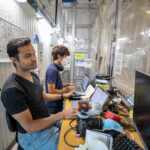
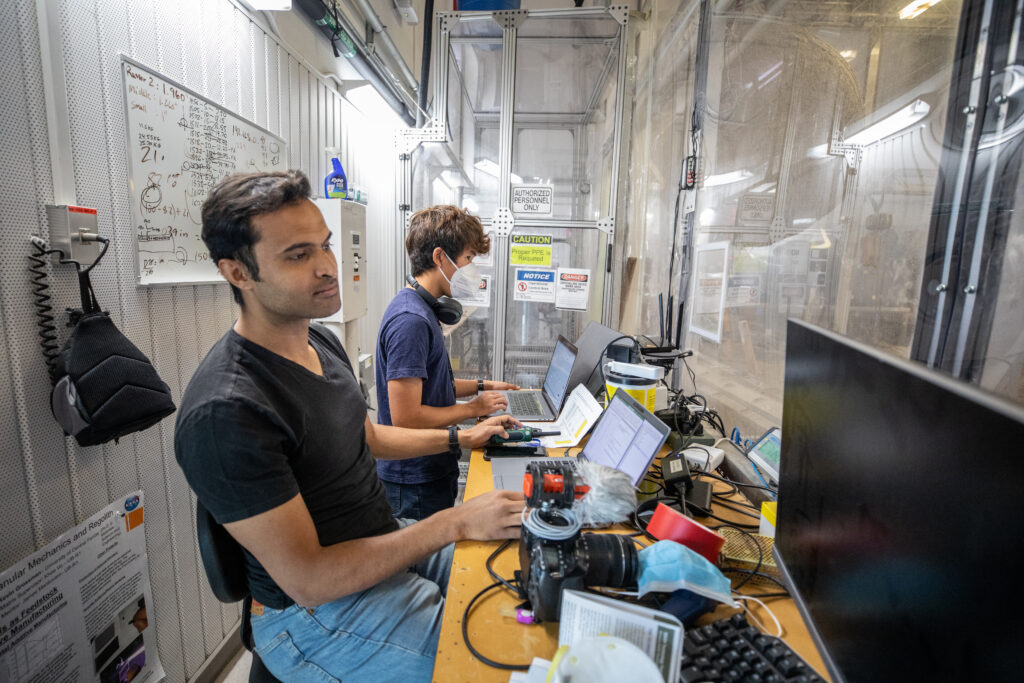
Space-related employment has been growing steadily over the past two years, but the declining financial market could finally be slowing the industry’s growth. U.S. Bureau of Labor Statistics (BLS) employment data and space job boards both hint at reduced hiring over the past few months. However, the latest BLS employment outlook shows that many space jobs have a higher-than-average growth projected over the next decade.
8 Stories from the Front Lines of the New Space Workforce


Getting to space and keeping the space industry moving ahead takes a diverse group of people with a wide range of talents, including many who didn’t picture themselves as part of the race to the stars just a few years ago. Here are few of them.
Space Force: Thousands Apply, Few Accepted as New Branch Builds Pipeline of Future Space Workers


While the space industry struggles with a tight employment market, the Space Force, a key military pipeline for building the future civilian space workforce, is deluged with youthful applicants. Only 3% of would-be recruits will make the cut.
Europe Continues to Lead in Global Workforce Job Growth
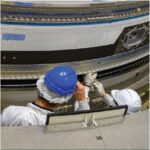
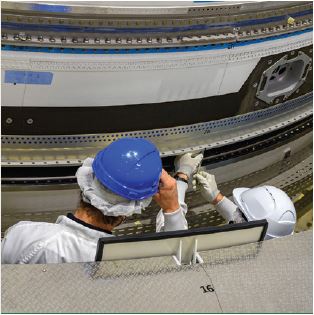
The space industry relies on skilled individuals from a wide variety of fields to enable the cutting-edge developments taking place in this sector. While many countries do not regularly produce metrics on the size of their workforce, these data are available for several major space actors, including the United States, Europe, Japan, and India.
NASA Civil Servant Workforce, 2012-2022
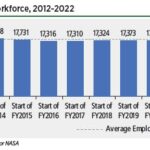
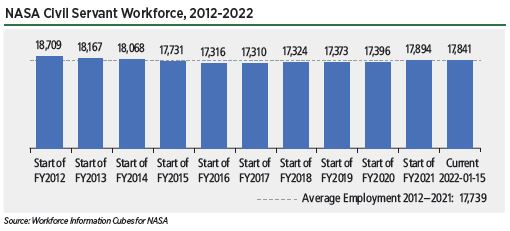
NASA’s civil service workforce has grown gradually in recent years, contributing to an increase in U.S. space employment.
U.S. Space Industry Core Employment, 2011-2021
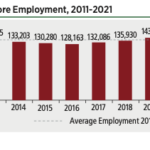
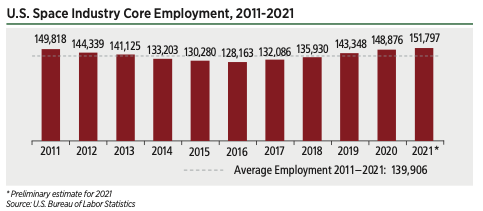
Core employment in 5 key space sectors continued to grow in 2021. These employment levels do not reflect all employment in the U.S. space industry, but rather, track employment in key sectors most closely associated with U.S. space employment.
2022 TSRQ1 – U.S. Core Space Employment Reaches 10-Year High, with Double-digit Growth the Past 5 Years
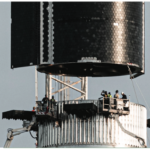
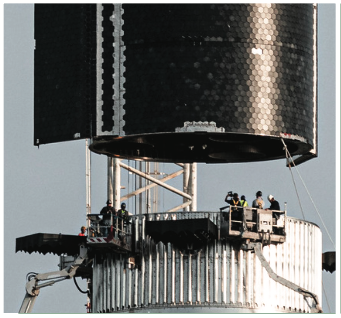
The United States relies on an integrated space workforce and space industrial base to provide the critical supply chains that support U.S. leadership in space.
2022 TSRQ1 – Space Industry Leaders Fear Labor Shortfall Could Slow Space Manufacturing Boom
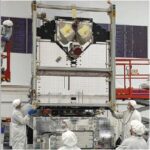
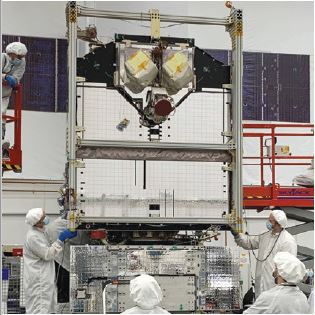
As satellite assembly lines and mass production of new launch vehicles continue to ramp up, U.S. labor shortages in the manufacturing sector threaten to slow the pace of space industry growth.